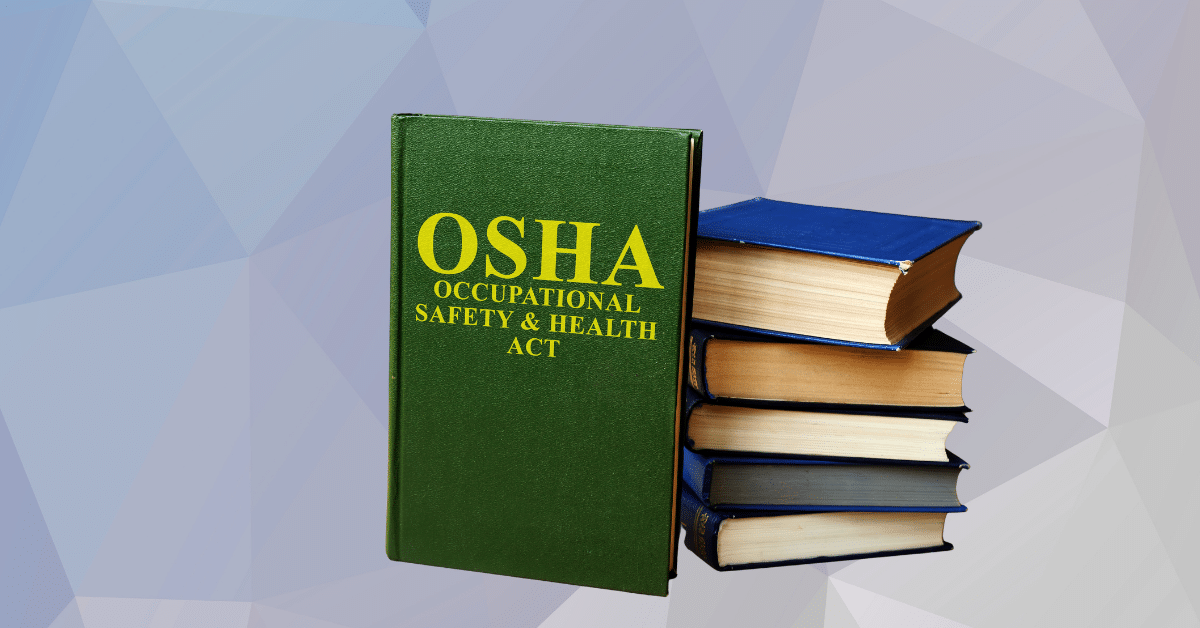OSHA Compliance and the Everyday Reality of Workplaces
Many people do not realize the fact that
A logistics business owner shared about a specific day at work where a worker sustained an injury that resulted in a lost-time incident. It was a busy day at the warehouse, and everyone was moving things around as they were recently reorganizing after a full-on thunderstorm left rain puddles near the roll-up door.
One of his employees slipped on the puddle while carrying supplies. The worker broke an arm, missed weeks of work, and the company was flagged by the OSHA for failing to provide adequate safety training. “I thought a quick talk at the start of the shift was enough,” the owner admitted. “Turns out, it wasn’t.”
That accident didn’t just cost money. It shook the team’s confidence and made customers question the company’s professionalism. Stories like this are why leaders ask: Why is OSHA Compliance training important for businesses? The short answer—because safety isn’t optional, and training gives people the tools to protect themselves and each other.
OSHA Compliance and the Core Challenge
Most employers care deeply about their people. They want everyone to go home safe at the end of the day. But the challenge is making OSHA Compliance training practical, not just a lecture.
- Some employees tune out because they think safety is just “common sense.”
- Managers sometimes treat training as a one-and-done requirement instead of an ongoing responsibility.
- Smaller companies often feel they don’t have the time or budget for regular training sessions.
The truth is, accidents don’t happen because people don’t care—they happen because people forget, get rushed, or never had clear guidance in the first place. OSHA Compliance training is about filling those gaps.
OSHA Compliance and Why It Matters Now
Workplaces today look very different than they did a decade ago. New machines, faster production lines, chemicals with unfamiliar labels, and a rise in temporary and contract workers all add layers of risk.
And the numbers are sobering. OSHA reports thousands of preventable workplace injuries and deaths every year. Beyond the statistics are real people—parents, siblings, neighbors—whose lives are changed forever because safety corners were cut.
Skipping or minimizing OSHA training doesn’t just put a company at risk of fines. It sends an unintended message to employees: your safety isn’t a priority. On the flip side, when businesses commit to ongoing training, they show their teams that they care about more than productivity—they care about people.
OSHA Compliance in the Bigger Picture
Safety isn’t just about rules and checklists. It’s about culture.
Think about two different worksites:
- On one, workers wear protective gear, remind each other about procedures, and managers model safe behavior.
- On the other, safety equipment sits in a corner unused, and training is treated like a boring formality.
Which place would you want to work? Which would you trust as a customer?
OSHA Compliance training builds the first culture—the one where people look out for each other. Research backs this up: companies with strong safety programs see fewer injuries, higher morale, and even better productivity. Safety and success go hand in hand.
Practical Strategies & Tools for OSHA Compliance Training
An effective OSHA Compliance training doesn’t feel like punishment—it feels like preparation. Here are ways to make it stick:
- Make it specific. Don’t give warehouse staff the same training as office staff. Tailor it to the risks they actually face.
- Use real stories. Share examples of what went wrong on similar job sites and how it could have been prevented. Stories stick longer than statistics.
- Break it up. Short toolbox talks or 15-minute refreshers work better than a three-hour session once a year.
- Get hands-on. Let employees practice safe lifting, using harnesses, or emergency drills. People remember what they do more than what they hear.
- Mix in technology. Online modules or even virtual simulations can make training more engaging and flexible.
OSHA Compliance and the Role of Community & Support
Safety is strongest when it feels like a team effort.
- Leaders set the example. If managers wear protective gear and take training seriously, employees will too.
- Coworkers watch out for each other. A quick reminder—“Hey, grab your helmet”—can prevent an accident.
- Open conversations matter. Employees need to feel comfortable reporting hazards without worrying about being punished.
- Everyone plays a role. From the receptionist to the machine operator, OSHA Compliance touches every part of a business.
When safety becomes part of daily conversation, it stops being a rulebook on the shelf and becomes the way the company lives and works.
Stories & Examples of OSHA Compliance in Action
One manufacturer in the Midwest had repeated forklift accidents. After they introduced monthly safety meetings and hands-on OSHA Compliance training, incidents dropped by more than half in a single year. Employees said they felt more confident and appreciated that management listened to their concerns.
Contrast that with a roofing company that ignored training after the initial onboarding. Within two years, three serious falls occurred. The fines were heavy, but the loss of employee trust hurt more. Only after investing in consistent OSHA training did they start rebuilding credibility—with both workers and clients.
These stories underline a simple truth: OSHA Compliance training doesn’t just prevent accidents—it protects reputations and livelihoods.
Sustaining the Change Through OSHA Compliance
Training can’t be treated as a one-time event. It has to become part of the rhythm of work.
- Start with onboarding. Every new hire should get OSHA training before stepping onto a job site.
- Refresh often. Monthly toolbox talks or quarterly updates keep safety top of mind.
- Encourage small habits. Locking equipment, wearing protective gear, and reporting hazards should feel automatic.
- Measure results. Track incidents, gather feedback, and adjust training when gaps show up.
- Celebrate safety wins. Recognize teams that go a year without accidents or employees who model safe behavior.
Sustaining compliance means safety becomes who you are—not just what you do.
Takeaway & Call-to-Action
So, why is OSHA Compliance training important for businesses? Because it saves lives, reduces accidents, and builds a culture where people trust their employer. It protects employees, strengthens reputations, and makes businesses more resilient.
If your training program hasn’t been updated in a while, don’t wait for an accident to force your hand. Start now. Add short refreshers, share real stories, and involve managers in leading by example.
At the end of the day, OSHA Compliance training isn’t just about meeting regulations—it’s about making sure everyone gets home safe. And that’s a goal every business can get behind.














